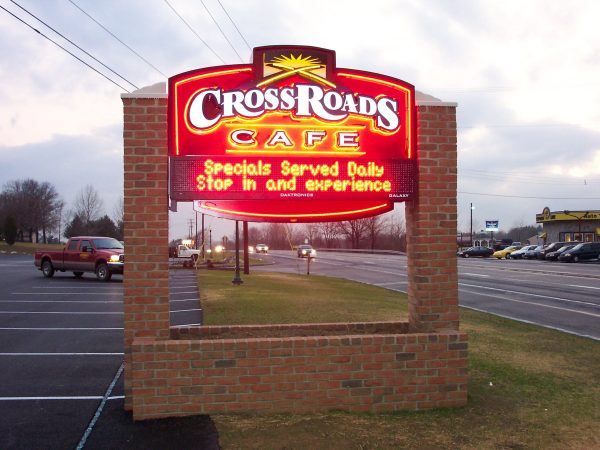Category: Movie
Cinema and Society: Exploring the Impact of Film on Culture
The relationship between cinema and society is a profound and symbiotic one. “Cinema and Society: Exploring the Impact of Film on Culture” delves into this intricate interplay, examining how the silver screen has not only reflected the values, beliefs, and aspirations of society but has also played a pivotal role in shaping culture, influencing attitudes, and sparking conversations on critical issues.
Cinema has long been considered a mirror that reflects society’s hopes, fears, and evolving identity. It captures the zeitgeist of a particular era, providing a snapshot of the social, political, and cultural landscape. “Cinema and Society” embarks on a journey through time, tracing the evolution of cinema alongside the transformations in societal norms, values, and perspectives. You can now visit https://moviemmk.com/ to gain access to the best movies.

The impact of early days
In the early days of cinema, silent films such as “The Birth of a Nation” both reflected and reinforced prevailing racial attitudes in the United States, sparking outrage and calls for change. Similarly, Charlie Chaplin’s “Modern Times” poignantly critiqued the dehumanizing effects of industrialization during the Great Depression. These early films exemplify how cinema has always had the power to confront societal issues head-on, challenging viewers to question the status quo.
World War II ushered in an era of patriotic and morale-boosting films that rallied society in times of crisis. Movies like “Casablanca” and “Mrs. Miniver” not only provided escapism but also served as a source of inspiration and unity during a turbulent period in history. “Cinema and Society” explores how these films reinforced collective values and encouraged resilience in the face of adversity.
The post-war era witnessed a wave of cinematic rebelliousness, with films like “Rebel Without a Cause” and “The Wild One” reflecting the restlessness and disillusionment of youth culture. As society grappled with changing gender roles and civil rights issues, films such as “Guess Who’s Coming to Dinner” and “To Kill a Mockingbird” became touchstones for discussions on race, equality, and social justice.
The 1960s and ’70s brought about a cinematic revolution, with “New Hollywood” challenging conventions and giving voice to countercultural movements. Movies like “Easy Rider” and “One Flew Over the Cuckoo’s Nest” not only questioned societal norms but also resonated deeply with audiences seeking to challenge authority and embrace individuality.
“Cinema and Society” acknowledges the power of representation in film. It explores how marginalized communities have fought for visibility and recognition in cinema, leading to groundbreaking works such as “Moonlight” and “Parasite.” These films not only celebrate diversity but also challenge stereotypes and foster empathy, bridging gaps between cultures and societies.
Contemporary cinema continues to engage with pressing social issues, such as climate change, mental health, and immigration. Films like “An Inconvenient Truth” and “Joker” spark conversations on topics that shape our world. They serve as catalysts for change, raising awareness and prompting action.
The impact of cinema on society is not limited to domestic issues; it extends to a global scale. “Cinema and Society” explores how international films like “Crouching Tiger, Hidden Dragon” and “City of God” have transcended cultural barriers, fostering cross-cultural understanding and influencing artistic movements worldwide.

















